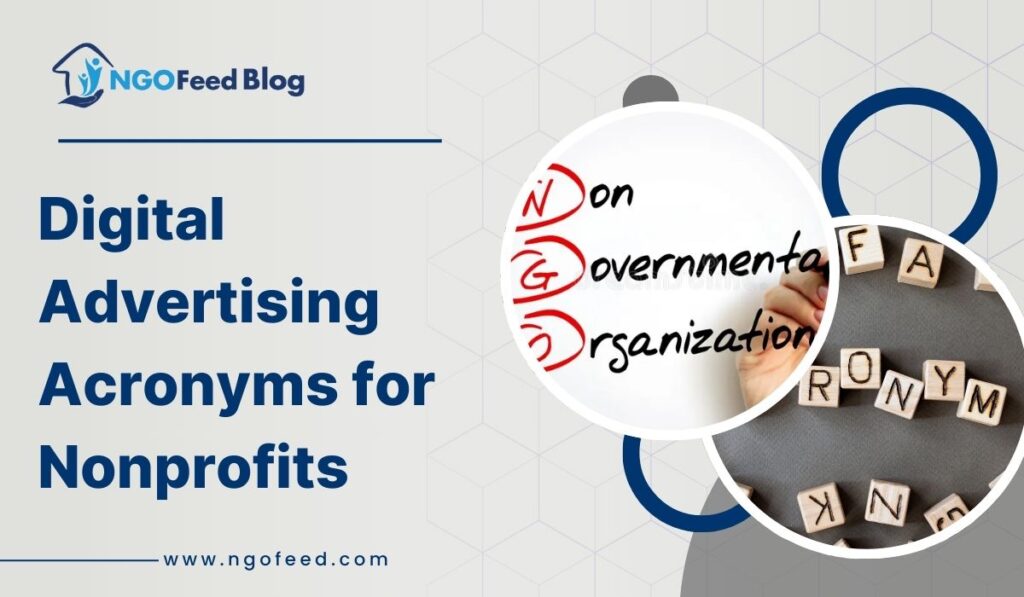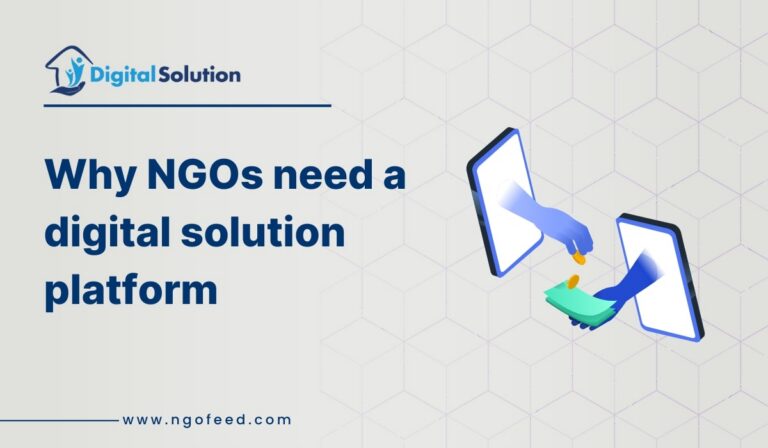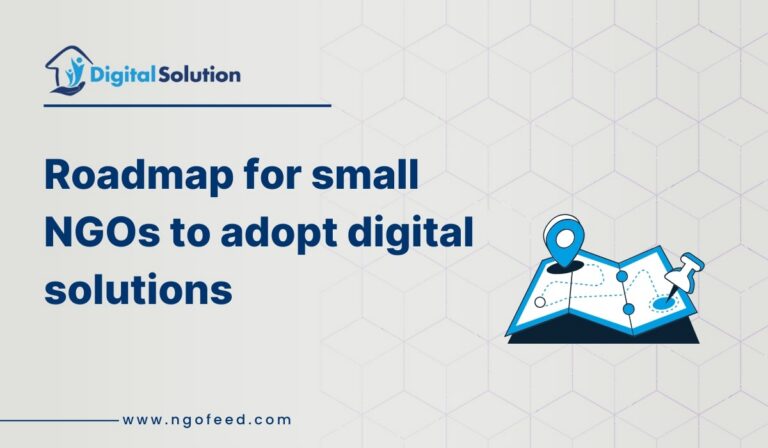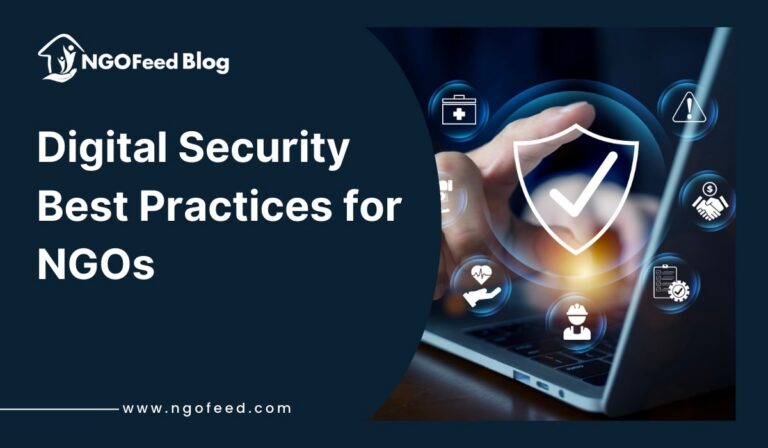Digital Advertising Acronyms for Nonprofits: For nonprofits that are more concerned with their important goals than with marketing jargon, navigating the realm of digital advertising might seem like learning a secret language. Don’t be afraid! This guide will help you understand reports, plan campaigns, and communicate clearly with marketing experts by highlighting some of the most typical acronyms you will come across.
In the digital jungle, consider these abbreviations to be your reliable compass and map. Knowing them will assist you in making educated choices about how to effectively distribute your resources and contact those who are interested in your issue.
Table of Contents
The Foundational Five of Digital Advertising Acronyms for Nonprofits
Let’s begin with the bare minimum:
- CPC (Cost Per Click): This is the cost you incur each time someone clicks on your advertisement. It’s a crucial metric for evaluating the cost-effectiveness of your paid social media and search campaigns. A lower CPC often indicates that you are receiving more visitors for your money.
- CPM (Cost Per Mille or Cost Per Thousand Impressions): This is the cost you incur for each 1,000 times your advertisement is shown, irrespective of whether it is clicked. CPM is frequently utilized for brand awareness initiatives with the objective of reaching a big audience with your message.
- CTR (Click-Through Rate): This measures the proportion of viewers who click on your advertisement. It’s computed as (Total Clicks / Total Impressions) * 100%. A greater CTR suggests that your advertisement is interesting and pertinent to your target audience.
Also Read: How to Host Successful Nonprofit Events
- SEO (Search Engine Optimization): This includes all the methods and strategies employed to enhance the visibility of your website in organic (unpaid) search engine results pages (SERPs). Effective SEO aids users in locating your business when they search for pertinent terms.
- SEM (Search Engine Marketing): This is a more comprehensive term that encompasses both SEO and paid search advertising, such as Google Ads. It’s all about using search engines to generate visitors to your site.
Exploring Further: Campaign Measurement & Performance:
These acronyms become essential for assessing the success of your campaigns once they are live:
- CPA (Cost Per Acquisition): This metric calculates the expense associated with gaining a particular conversion, such as an email signup, donation, or volunteer application. CPA, or Cost Per Acquisition, is an important measure for assessing the return on investment (ROI) of your advertising campaigns. It is computed as follows: Total Ad Spend / Total Conversions.
- ROAS (Return on Ad Spend): This metric measures the revenue produced for each dollar invested in advertising. For nonprofits, donations or the estimated worth of other conversions may be used to define “revenue.” It is calculated as (Total Conversion Value / Total Ad Spend) * 100%.
- KPI (Key Performance Indicator): These are the particular, quantifiable objectives you establish for your online advertising activities. Identifying your key performance indicators (KPIs) is critical for assessing success and monitoring development. KPIs might include conversion rates, website traffic, engagement statistics, and other factors.
- A/B Testing (or Split Testing): This method compares the performance of two versions of an advertisement, landing page, or email. You may improve your campaigns for superior results by experimenting with various components.
Also Read: First Party Data for Nonprofit
Comprehending Your Audience:
These abbreviations assist you in identifying and targeting your perfect backers:
- DEM (Demographics): These are statistical data about your audience, such as age, gender, location, income, and education level. Knowing demographics may help you better customize your messaging and targeting.
- LTV (Lifetime Value): Although it is frequently utilized in a business setting, charities may modify it to comprehend the long-term worth of a supporter. This might be the cumulative sum of donations made throughout their relationship with your company or their overall influence as a volunteer and activist.
- CRM (Customer Relationship Management): This term describes the tools and applications used to handle your interactions and relationships with potential and current supporters. For effective fundraising and personalized communication, a well-integrated CRM is essential.
Also Read: How To Measure Social Media ROI For Nonprofits?
Finding Your Way Around the Social Scene:
There are several important acronyms unique to social media advertising:
- Reach: The overall amount of distinct people who viewed your material.
- Impressions: The overall amount of times your material has been seen, which might exceed reach if a single user views it numerous times.
- Engagement Rate: The proportion of individuals who engaged with your material (likes, comments, shares, clicks) to the total number of people reached or seen. It shows how interesting your material is.
- CTA (Call to Action): A call to action is a message that encourages your audience to do a particular activity, such as “Donate Now,” “Learn More,” or “Sign Up.” Clear CTAs are crucial for increasing conversions.
Also Read: SEO Strategies For NGOs
The Continuously Changing Digital Realm:
Lastly, here are some more general terms you will probably come across:
- PPC (Pay-Per-Click): This is a broad term for online advertising in which you pay each time someone clicks on your advertisement. CPC is a particular measure within PPC.
- UX (User Experience): This term describes the overall experience a user has when interacting with your website or digital platforms. A positive UX is essential for engagement and conversions.
- UI (User Interface): This encompasses the visual components and arrangement of your website or application that users interact with. A positive UX is aided by a clear and user-friendly UI.
Enhancing Your Mission:
Understanding these essential digital advertising acronyms will greatly improve your capacity to navigate the online environment, even if this list is not exhaustive. You may confidently participate in discussions about your digital strategy, evaluate performance reports, and ultimately achieve your nonprofit’s important mission more effectively by demystifying this terminology. Don’t hesitate to seek clarification whenever you come across an unfamiliar acronym—knowledge is power in the digital age!
To sum up, although the realm of digital advertising may first appear to be an alphabet soup of acronyms, nonprofits must now comprehend these essential terms as a basic necessity for effective 21st-century outreach and influence. By clarifying CPC, CPA, CTR, and similar terms, your company may make informed choices about resource distribution rather than relying on assumption. With this knowledge, you may improve campaigns for better efficiency, connect with the appropriate audiences using persuasive messages, and ultimately advance your vital objective with greater accuracy and scale.
Also Read: Email Automation For NGOs
Nevertheless, the digital landscape is ever-changing. User behavior changes, algorithms change, and new platforms appear. As a result, it is essential to be dedicated to ongoing learning and adjustment. For long-term success, it is essential to keep up with new trends, test out new acronyms and methods, and be open to experimentation. Embrace this knowledge as a dynamic tool that needs constant development, and don’t let the terminology deter you. By doing so, you can confidently navigate the complexities of the digital realm, connect with more supporters in meaningful ways, drive impactful action, and amplify your cause in the ever-evolving digital landscape, ensuring your message resonates in a crowded online world.










